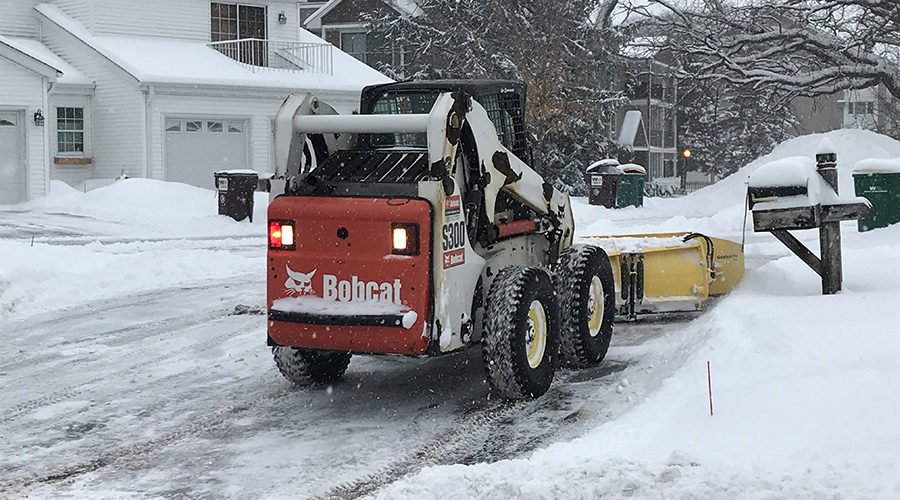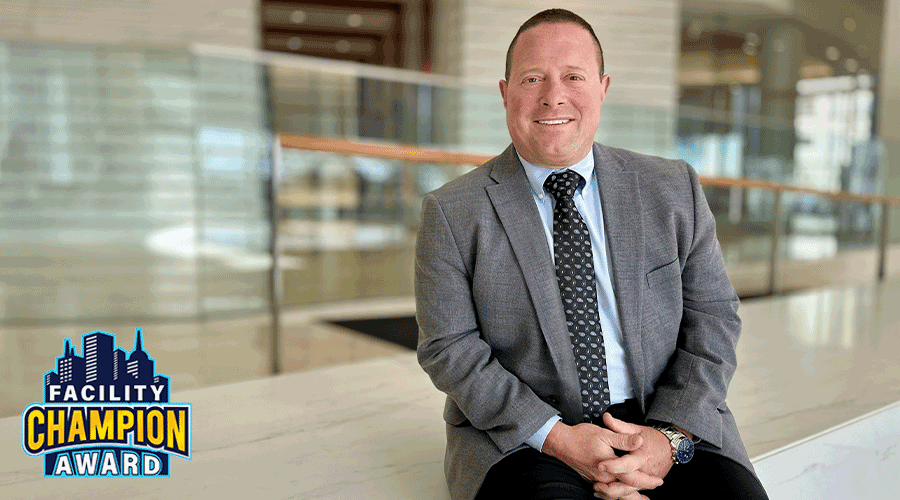
Sustainable Facilities: Learning from Better Buildings Initiative Partners
The latest edition of the Initiative’s Progress Report shares examples of where partners are on their journeys and how they got there. October 31, 2024
By Jeff Wardon, Jr., Assistant Editor
Facilities managers are always on the lookout for ways to make their buildings more energy efficient and cost-effective. One way to achieve these goals is by making facilities more sustainable, something that is also at the forefront of a facility manager’s mind. These goals and methods work together, as they actively benefit each other.
For managers looking to make a commitment to those goals, there is the U.S. Department of Energy’s (DOE) Better Buildings Initiative, which aims to help facilities achieve their goals. The latest edition of the Better Buildings Progress Report details how existing partners are doing with their journeys and shares insights into how the partners managed to get where they are.
FacilitiesNet recently spoke with Maria Vargas, senior program advisor and director of the Better Buildings Initiative, about the Progress Report and what examples it offers for facilities managers.
FacilitiesNet: What key strategies have been the most effective in helping partners reach their goals?
Maria Vargas: We work with over 600 partners who've set portfolio wide goals to either reduce energy usage by at least 20 percent or decarbonize their buildings and plants by 50 percent, both within 10 years. There are a few strategies that partners across the board use. The first one that's important is understanding how you use energy as an organization, where you use it and when you use it. As simple as that sounds, organizations don't always have that information.
Then you focus on energy efficiency, and it’s the first thing that DOE encourages people to do because it's such a critical part of a decarbonization plan. Ultimately, energy efficiency is just another way of saving energy and getting rid of waste. Another successful strategy is reporting what you’ve learned from the work you're doing.
Finally, you move on to other strategies that take you further down the decarbonization pathway. This means not only using energy more efficiently, but then looking to how you provide the energy throughout your building and figuring out if there are ways you can do that with renewable resources.
That is not the only decarbonization framework the DOE works with partners on, but it really is the right strategy which has seen so many partners be so successful and save so much money.
FacilitiesNet: The report mentions that program partners have collectively saved nearly $22 billion and reduced greenhouse gas emissions by more than 220 million metric tons. Can you share some examples of specific initiatives or technologies that contributed to these results?
Vargas: We work with organizations across the U.S. economy who've made public commitments to reduce energy waste or decarbonize, and so the examples I’m going to give span the economy.
I’ll start with an example from higher education. Morehouse College achieved their goal last year and they did it through some straightforward and oftentimes universal strategies. They understood how they were using energy, looked at what their opportunities were, came up with an energy management plan and then used technologies like LED lighting throughout the campus. They also did a lot of submetering because they have a central plant on that campus. They then used their projects and the savings from their projects to finance other work.
MGM, which is a hospitality partner, saved about 40 percent of their emissions by building a 640-acre solar array that takes care of and supplies about 90 percent of their energy use. So, it was a big investment with big pay offs for MGM.
Then for healthcare facilities, Cleveland Clinic is saving on costs by doing a whole array of activities. They understood how they were using energy. They also understood where the opportunities to reduce waste existed, and in their case, it was the operating rooms. They really thought about how much energy they needed in operating rooms when they weren't being used because that really is a waste of energy. They then have focused on a lot of energy efficiency measures beyond that and are now looking to decarbonize.
FacilitiesNet: How has the Framework for Greenhouse Gas Emissions Reduction Planning helped organizations created actionable plans for portfolio wide decarbonization? What are some success stories you've seen so far?
Vargas: One thing that we’ve learned as we're working with partners on the Better Climate Challenge is because these partners are making a commitment at a portfolio level, they need a framework to think through how to make this happen across all their buildings.
So, the DOE has done just that by working with partners to create a framework, which is an emissions reduction planning tool. It’s a workbook that allows partners to see their real emissions, how they can make that work in conjunction with the framework and then turn that framework into actionable plans.
Everybody from Columbia Housing to Pace University to IKEA and to Target are using the tool – they’re some great examples of organizations who are using this tool. The tool really is informing where they're investing and how they're going about their decarbonization journeys.
Jeff Wardon, Jr. is the assistant editor for the facilities market.
Next
Read next on FacilitiesNet












